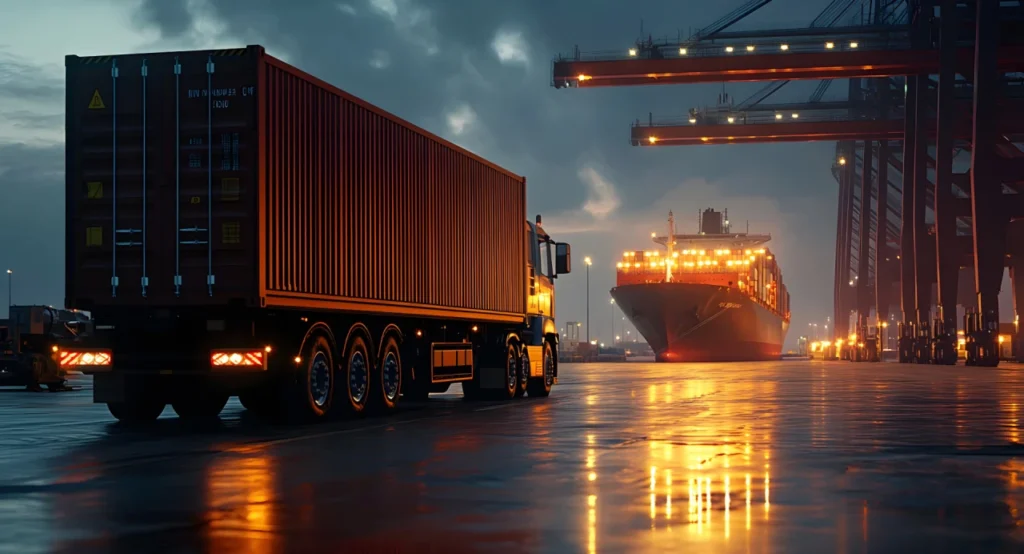Breaking Down Supply Chain Silos

Supply chain resilience is now a number one priority for businesses across the world—but everyone's talking about external factors: supplier volatility, geopolitical uncertainty, and fluctuations in demand. Even though these factors have a significant effect on breaking down supply chains what is the greatest threat?
In a new and compelling thought leadership piece, Our CEO, Kiran Meduri makes the case that the greatest risk may be closer to home: internal silos that break up decision-making, constrain visibility, and impede response times.
In "Breaking Down Supply Chain Silos: The Next Step in Resilient, AI-Driven Operations," Kiran explores why so many companies—those with world-class resources included—still fail to anticipate and react to disruptions.
Using real-world scenarios from the automotive, technology, and life sciences industries, he shares his insights on how siloed organizations, unconnected systems, and lost employee morale build an ideal storm of operational friction.
In the article, he points out how a leading automaker incurred expensive production shutdowns because procurement had no visibility into upstream shortages.
A study revealed that more than 76% of European shippers faced supply chain disruptions throughout 2024. Almost a quarter reported more than 20 disruptive incidents such as difficulties securing materials necessary for production.
So, why do these supply chains face disruptions?
It's siloed data and teams. Kiran breaks it down clearly:
- Organizational structures often reward departmental performance over collective efficiency;
- Legacy technologies prevent systems from talking to each other; and
- Employee resistance to change keeps outdated processes in place long past their expiration date.
He also talks about how Syren assisted a global pharmaceutical company in overcoming these issues with the Optima Control Tower. With cross-connectivity worldwide for raw materials, production, and distribution, the business needed real-time visibility and effortless cross-team collaboration.
With Optima CT’s AI-powered features, the company was able to get end-to-end visibility across sourcing, manufacturing, and distribution.
Here’s what Syren’s Optima Control Tower did for the client company:
End-to-End Visibility
- Data-driven real-time monitoring of operations across the entire supply chain system.
Predictive Analytics & Scenario Modeling
- AI-powered foresight into risks and disruptions for proactive decision-making.
- Predictive modeling to simulate scenarios, demand shifts, supplier issues, and market volatility.
Self-Healing Automation
- Automated disruption handling to keep operations moving.
- AI-driven intelligence that detects and resolves issues on its own.
Enhanced Collaboration
- Cross-team collaboration—aligning teams to common KPIs and developing a framework for collaborative, data-driven decision-making.
Custom Dashboards
- Real-time interactive dashboard to get data-driven insights for every cross-functional role.
The payoff? Less waste, quicker response times, and a more resilient, proactive supply chain.
Supply chain disruption is less a matter of "if" and more of "when," Kiran's message is concise: the most pressing transformation does not start with vendors or logistics partners—it starts with dismantling internal barriers.
Whether you're a supply chain leader, CIO, or business executive managing intricate operations, this piece will challenge your assumptions—and present a practical roadmap forward.
Read the complete article to see how connected, AI-driven supply chains are transforming disrupted supply chains into future-ready ones!
Supply chain disruption is less a matter of "if" and more of "when," Kiran's message is concise: the most pressing transformation does not start with vendors or logistics partners—it starts with dismantling internal barriers.


